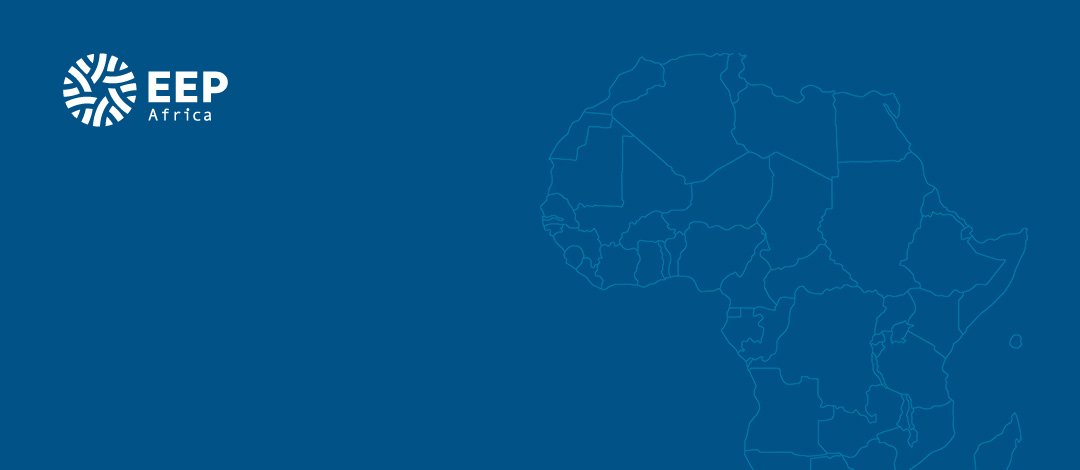
BURN breaks gender roles in Kenya and sells 10,000 cookstoves monthly
ECO Team visited BURN Manufacturing in Kenya and met with Mr. Boston Nyer, the Chief Product Officer. Read our interview with Boston about the project and its recipe for the success.
How did the idea of the BURN Manufacturing come about?
There was a product called the JikoPoa, which was a wood stove that BURN Design Lab, our non-profit sister organization had developed. The product was the top performing wood-burning stove in testing and focus groups and was designed for a Kenyan contract manufacturer to supply distribution by The Paradigm Project. Although one of the top Kenyan manufacturers was contracted, they were only able to make 1,000 stoves per month and the fit and finish was poor. At this point, we decided that we would need to set up our own factory if this model of local, high quality manufacturing was going to work. The idea of BURN Manufacturing was born from this learning in August of 2011.
Please tell us about the early stages of BURN?
BURN’s launch product, the jikokoa, and first assembly facility were launched in August of 2013. They sourced kits made by a contract manufacturer in China until November of 2014 when the full in-country modern manufacturing facility was launched. Today BURN makes 550 stoves in a day, which is about one stove a minute. BURN has more than 100 employees in Kenya with more than 50% female.
How and why did you develop the jikokoa stove?
The jikokoa was developed over 2.5 years of user-centric design and testing by a talented and committed team spanning from Seattle, Washington to Nairobi, Kenya. The jikokoa had more than 100 key iterations based on consumer feedback and performance. We finally launched the product when we noticed that the test users were demanding to buy the prototypes. We’ve been through two major generations of the product with the third launching in early 2016. The jikokoa G3 will have twice the durability and improves upon the usability and aesthetics of the second generation.
Can you tell us more about BURNs mission?
BURN’s primary mission is to save lives and forests in the developing world by designing, locally manufacturing and distribution clean-burning cook stoves. However, they also want to be a good place to work with safe and healthy working conditions. They offer good benefits: maternal leave, loans and ample opportunity for promotion. The jobs are low skill factory work so anyone prepared to work hard can work in the factory to make jikokoa stoves. BURN aims to break gender norms in Kenya and gives equal opportunities to all employees.
What’s the price of the jikokoa stove?
The retail price including tax is currently USD 38. We would like to sell it for USD 40, but due to the inflation it is USD 38.
What has the EEP grant meant to BURN?
BURN has impacted the lives of more than 500,000 people and without the EEP funding BURN would not exist today. The grant directly unlocked investments the US Overseas Private Investment Corporation (OPIC) and Acumen Fund.
Do you have any lesson learnt that you want to share with other businesses?
Our strong team has propelled our success.
What kind of difficulties has BURN faced?
Raising money is difficult. Creating modern manufacturing facilities in Sub-Saharan Africa is also hard. In Kenya there is very limited support, for example, if a tool or machine breaks it is difficult to get it repaired and can shut the factory down for a month. It is also imperative to hire, develop and motivate the staff. Finding and keeping good employees can be difficult.
What has been the major advantages of BURN?
There are several pillars to BURN. First, is a good team from top to bottom. The product has both a very strong value proposition as well as user experience. BURN’s strategy of local manufacturing allows for the best product at the best price. Lastly, BURN drives the demand in the marketplace through marketing and market development.
Where do you see BURN in 5 and 10 years?
After 5 to 10 years BURN plans to be in all countries of Sub-Saharan Africa, first we will concentrate on East Africa then West Africa, followed by Ethiopia and Mozambique.
ECO also had a chance to interview Maryvine Mokaya, an employee of BURN.
What is your job description at BURN?
I’ve been a ‘cleaner’ since January 2015.
How did you hear about BURN?
The jikokoa is very popular and a friend told me about the opportunity to work for BURN.
Why did you want to work at BURN?
I’m aiming higher and want to develop myself. The staff members and workmates are great and the pay is better than in other companies. I’m working 9 hours a day, 7-16:30, 5 days a week.
Are you yourself using a BURN stove at home?
Yes I received a free jikokoa from BURN. Before I used KES 3,000 a month for charcoal, now I only use KES 2,000. In my family, relatives and friends there are a total of 7 jikokoa´s.


